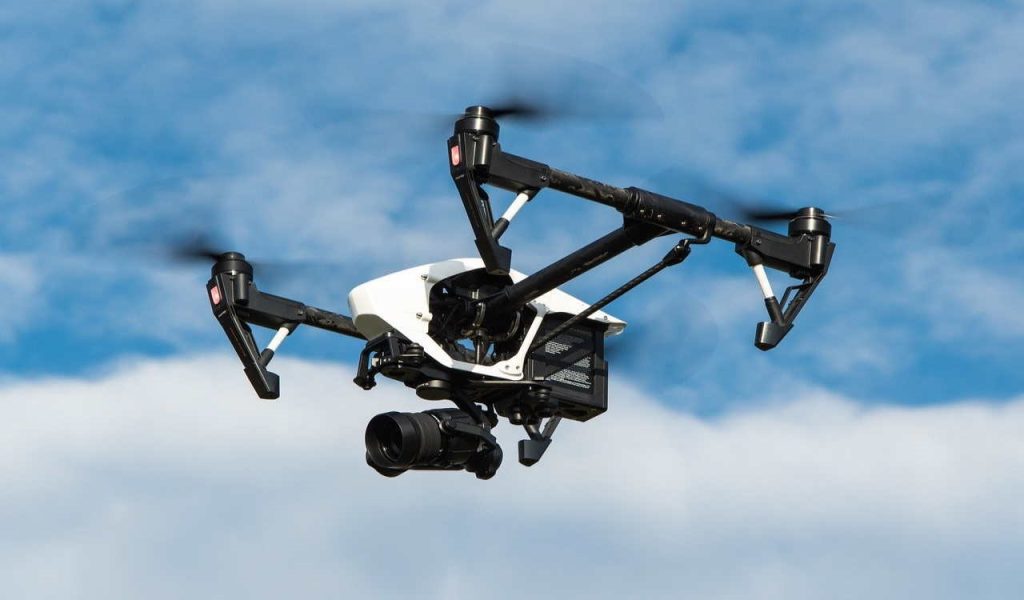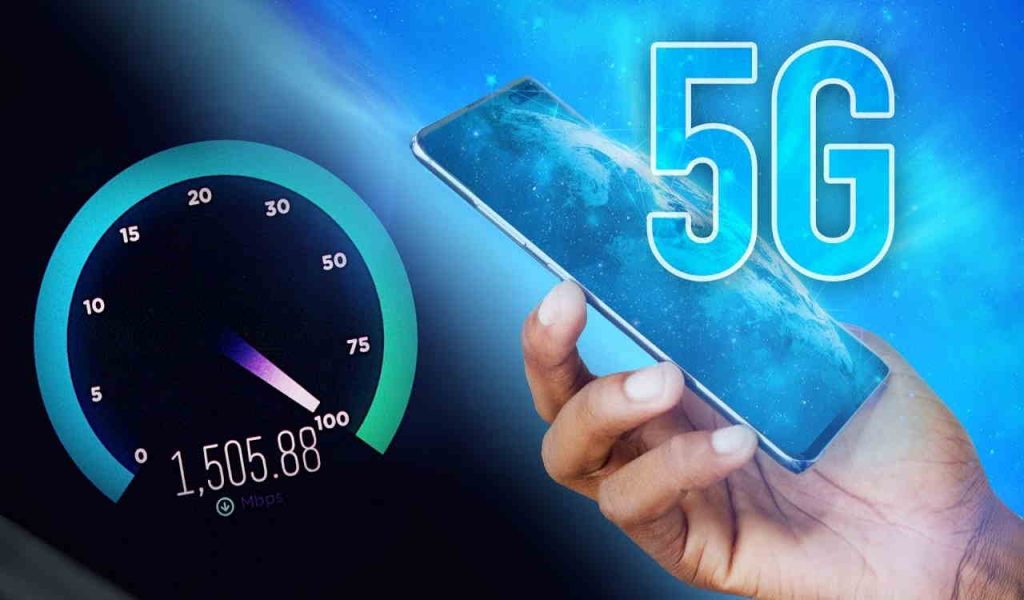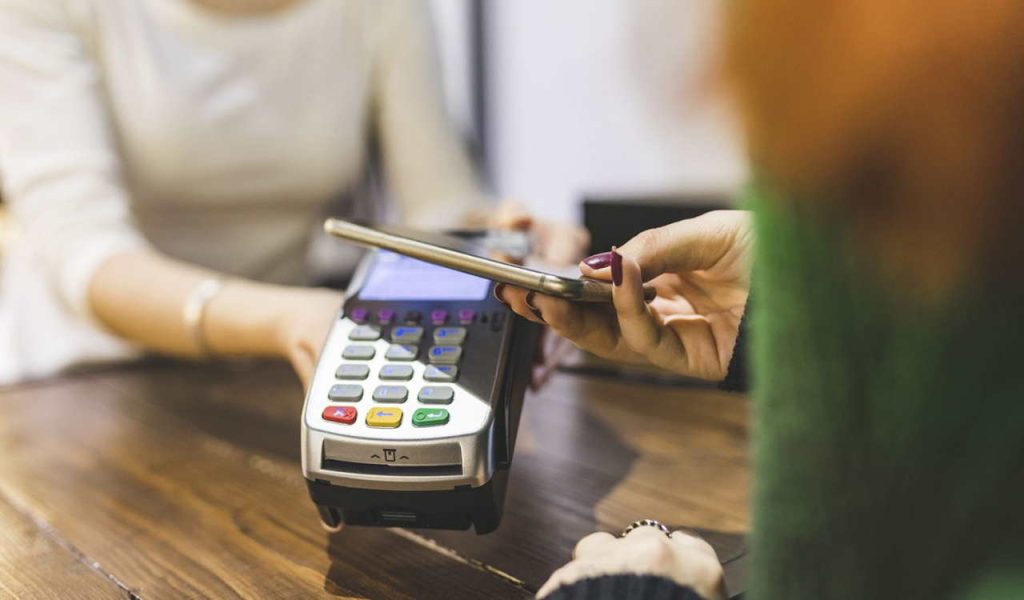New Datacomm Research Report:
Why Isn’t the Drone Market Taking Off?
New Study Identifies Multiple Fixable Problems
April 18, 2017 – St. Louis, Missouri – The U.S. drone industry has hit an obstacle: The Federal Aviation Administration. Little progress has been made since Congress directed the FAA to accommodate commercial unmanned aircraft five years ago. The FAA is keeping the drone industry occupied developing solutions to problems that don’t yet exist. Congress should limit the FAA’s jurisdiction over drones and give greater authority to the states. That is one conclusion of Datacomm Research’s new 115-page study, A Roadmap for Drone Market Growth, 2017-2025.
“The potential global market for drones is huge and the U.S. should be leading the way, but the FAA’s bureaucracy, timidity, and one-size-fits-all rules are preventing the industry from getting off the ground,” said Ira Brodsky, author of the report. “The FAA wants the industry to develop a comprehensive solution for managing skies filled with drones, when what the industry needs first is experience serving customers while ensuring safety and privacy. The best way to accomplish that is to allow local communities to decide when and where the benefits of drone use outweigh the risks,” he added.







